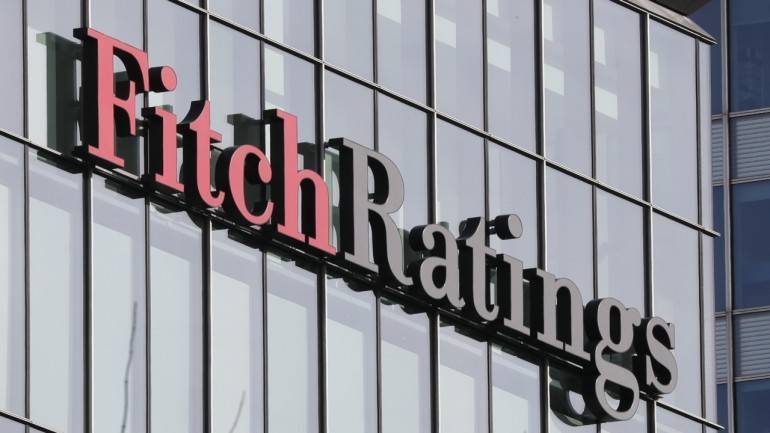New Delhi: A sustained improvement in the financial performance of Indian banks bodes well for the sector’s intrinsic risk profiles, according to global rating agency Fitch.
The pace of asset quality and profitability improvement has exceeded expectations, while capital buffers are broadly in line with the projections, it said in a statement.
The sector’s impaired-loan ratio declined to 4.5 per cent in the first nine months of financial year ended March 2023 (9MFY23), from 6 per cent at FY’22, it said, adding, this was nearly 60 basis points below Fitch’s FY23 estimate.
Increased write-offs have been a key factor, but higher loan growth, supported by lower slippages and improved recoveries, have also played a role, it said.
Fitch expects a further improvement by FY23, although banks still face the risk of asset-quality pressure associated with the unwinding of loan forbearance in FY24.
“The sector’s improving provision cover (9MFY23: 75 per cent, FY22: 71 per cent) also supports banks’ ability to withstand risks, although private banks are significantly better placed than state banks due to their lower impaired loan ratio of 2.1 per cent, against state banks’ 5.6 per cent,” it said.
Sound economic momentum has contributed to a further drop in credit costs to 0.95 per cent in 9MFY23, as per the estimate, compared with 1.26 per cent in FY22.
Lower credit costs were the primary factor driving an improvement in return on assets to 1.1 per cent in 9MFY23, outpacing Fitch’s FY23 estimate of 0.9 per cent, although earnings also benefited from higher-than-expected loan growth and improving net interest margins, it said.
Banks have reasonable tolerance to absorb pressure from credit costs and margin normalisation, without affecting FY24 profitability forecasts.
Pre-impairment operating profit at private banks, at 4.5 per cent of loans, offers greater headroom than the 3 per cent at state banks and supported private banks’ return on assets of 1.9 per cent, which far exceeded state banks’ 0.7 per cent, it added.
Sustained high loan growth, accompanied by rising risk density, could pressure capital, it said, adding, the sector’s common equity Tier 1 (CET1) ratio rose by around 54 basis points in 9MFY23 to 13.3 per cent, alongside a 460 basis points drop in the net impaired loans/equity ratio to 9.6 per cent.
“There is further upside in bank performance and…This could persist for longer than we had initially expected, with Covid-19 pandemic-related risks largely in the background and a steady improvement in bank balance sheets over the past three years, in part due to forbearance,” it said.
Sustained easing of financial-sector risks could support a higher operating environment score, but this will depend on our assessment of various factors, such as medium-term growth potential, borrower health and loans under regulatory relief, rather than just near-term bank performance, it said.
There is also a risk that continued strong loan growth may lead to selective or incremental increases in risk appetite, while net interest margin compression and higher credit costs post wind-down of regulatory forbearance could still weigh on financial profiles, it said.
With regard to viability rating upgrades, it said, Fitch would consider whether financial profile improvements are sustainable and exceed any additional risks taken.
Banks in the ‘b’ viability rating category have a weaker record than higher-rated peers, and would also need to demonstrate reduced balance-sheet risk or better management of risk profiles before an upgrade would be considered, it said.
Risk profiles and capitalisation remain as the most likely reasons for keeping assigned viability ratings below implied levels.
Even if banks’ viability ratings were upgraded by one notch, it said, it would not affect their issuer default ratings, which remain underpinned by expectations of sovereign support.
PTI
